Mōmentum
The images here are taken from an open call organised by Minimum and Der Grief loosely based on the concept of migration. They were seeking images relating to this theme through all photographic genres and approaches.
"Our aim was to explore the concept and representation of migration. Hence, we were looking for images that depict emigration, immigration, resettlement, routes, traces, movement, and so on. The Latin word “mōmentum” means movement, but also motion, change, revolution, moment, circumstance, importance, influence. In physics, momentum is instead the product of the mass and velocity of an object or a person."
The whole exhibition is composed by 45 images, selected by Diane Smyth (Digital Editor of British Journal of Photography), Marina Paulenka (Director of Organ Vida Festival) and Salvatore Vitale (Photographer and editor-in-chief of YET Magazine). All the images are part of the online archive of Der Grief.
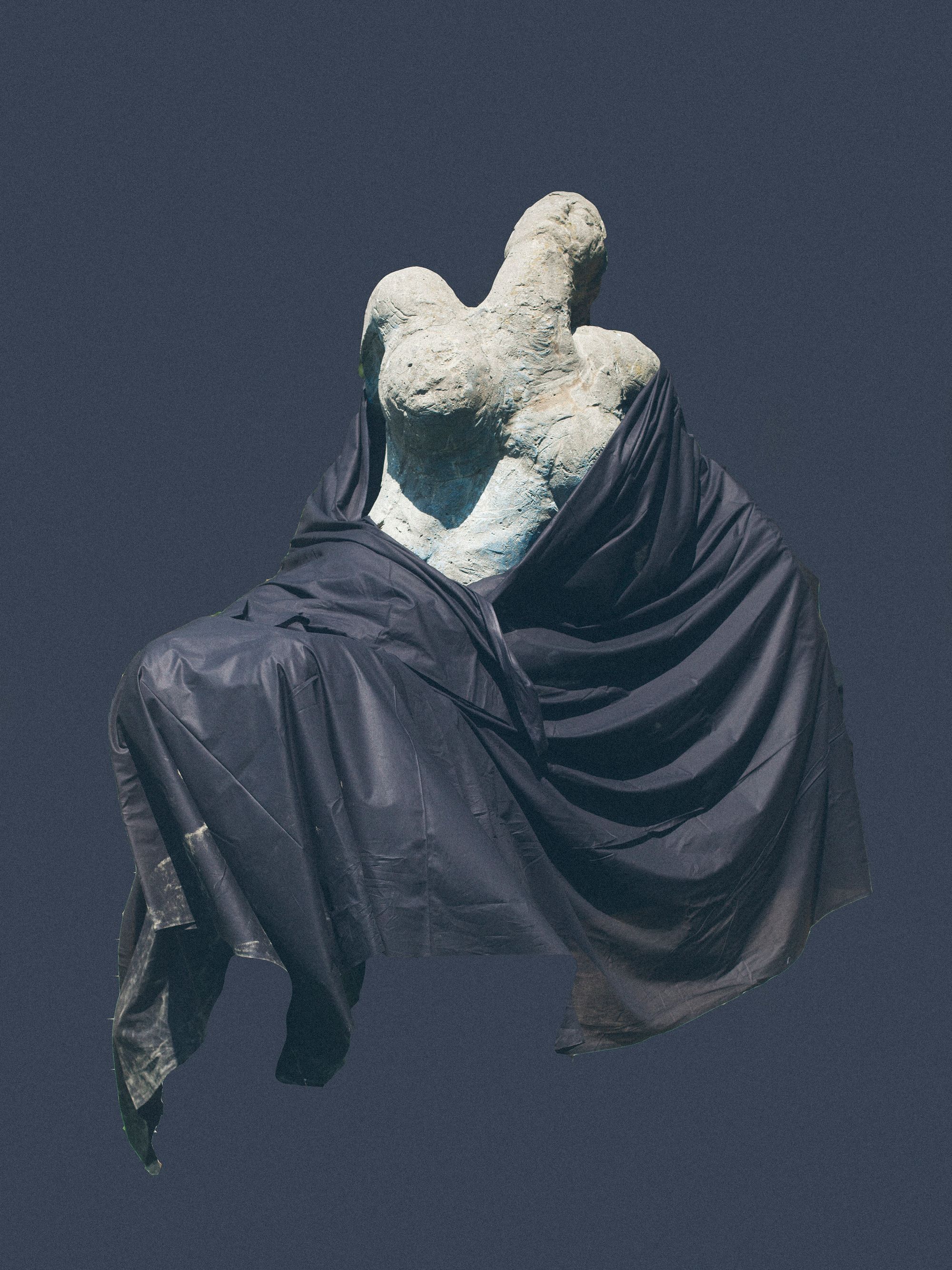
Alice Caracciolo & Cemre Yesil, Piet[r]à. Istanbul (Turkey), 2017. Turkish statue. Castro, deep south of Puglia, 15th century. The coasts of a small fishing village are severely destroyed by repeated Turkish attacks. Inspired by the legend of the “Turkish Wife”, Alice and Cemre carry out a photographic journey to investigate the hidden soul of every stone: its mystical and spiritual value, its being a silent guardian of our past as a “watching tower” during Turkish raids, its corroding and becoming a grain of sand, ready to be moved by the wind towards unknown directions.

Karim El Maktafi, Hayati. Padenghe sul Garda - Brescia (Italy), 2015. Portrait of my mom. Hayati (“my life”, in Arabic) reflects and investigates on the identities of “second generations.” I was born in Desenzano del Garda, a village near Brescia, Italy, from Moroccan parents. Growing up between two worlds forced me to sharpen my gaze and to compare these perspectives which often diverge from each other.
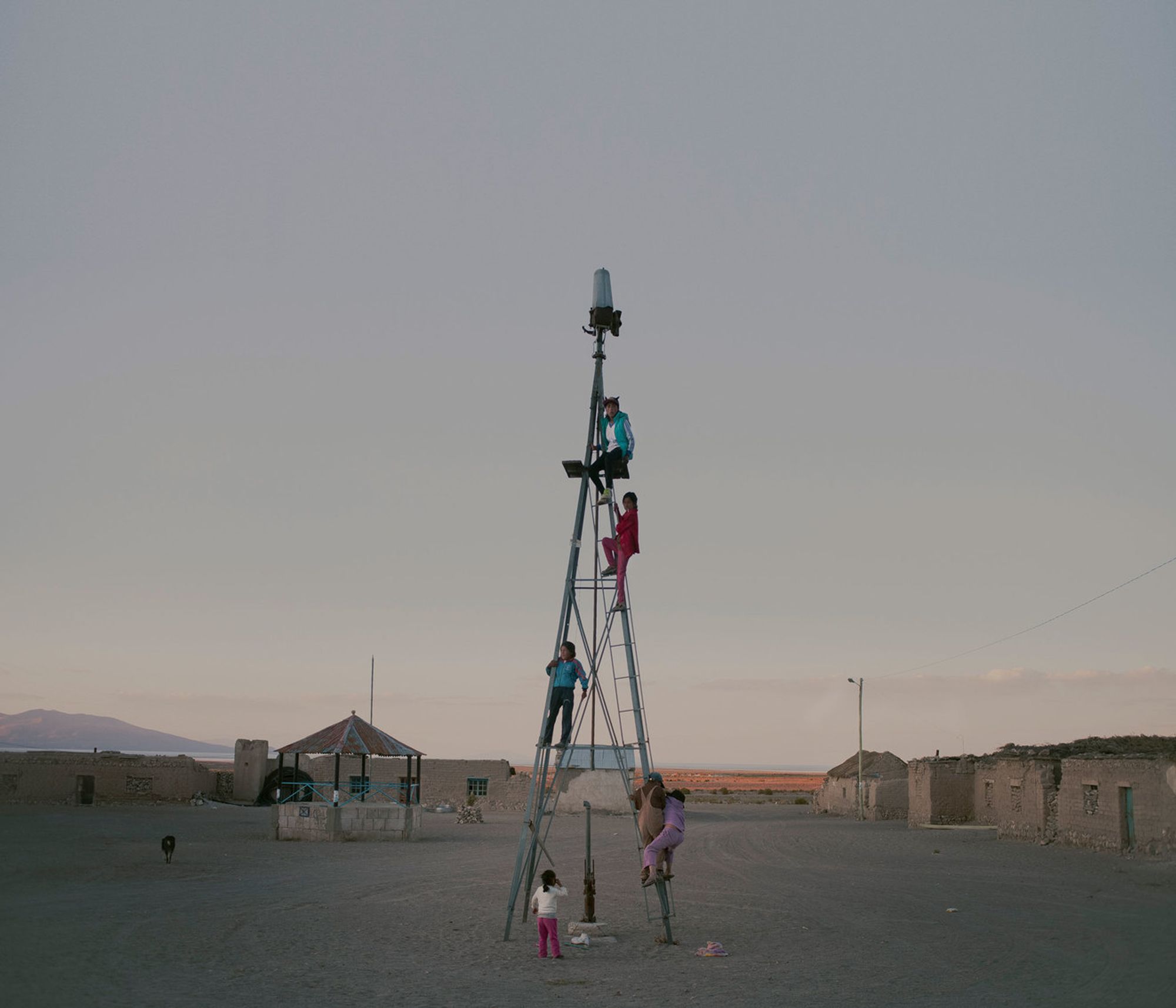
Marcos Zegers, Water, Mining and Exodus in Atacama Desert. Coipasa (Bolivia), 2016. In many villages in the Andean highlands there are only women and children left, men have been forced to look for work in the city due to the lack of opportunities in agriculture resultant from water scarcity.
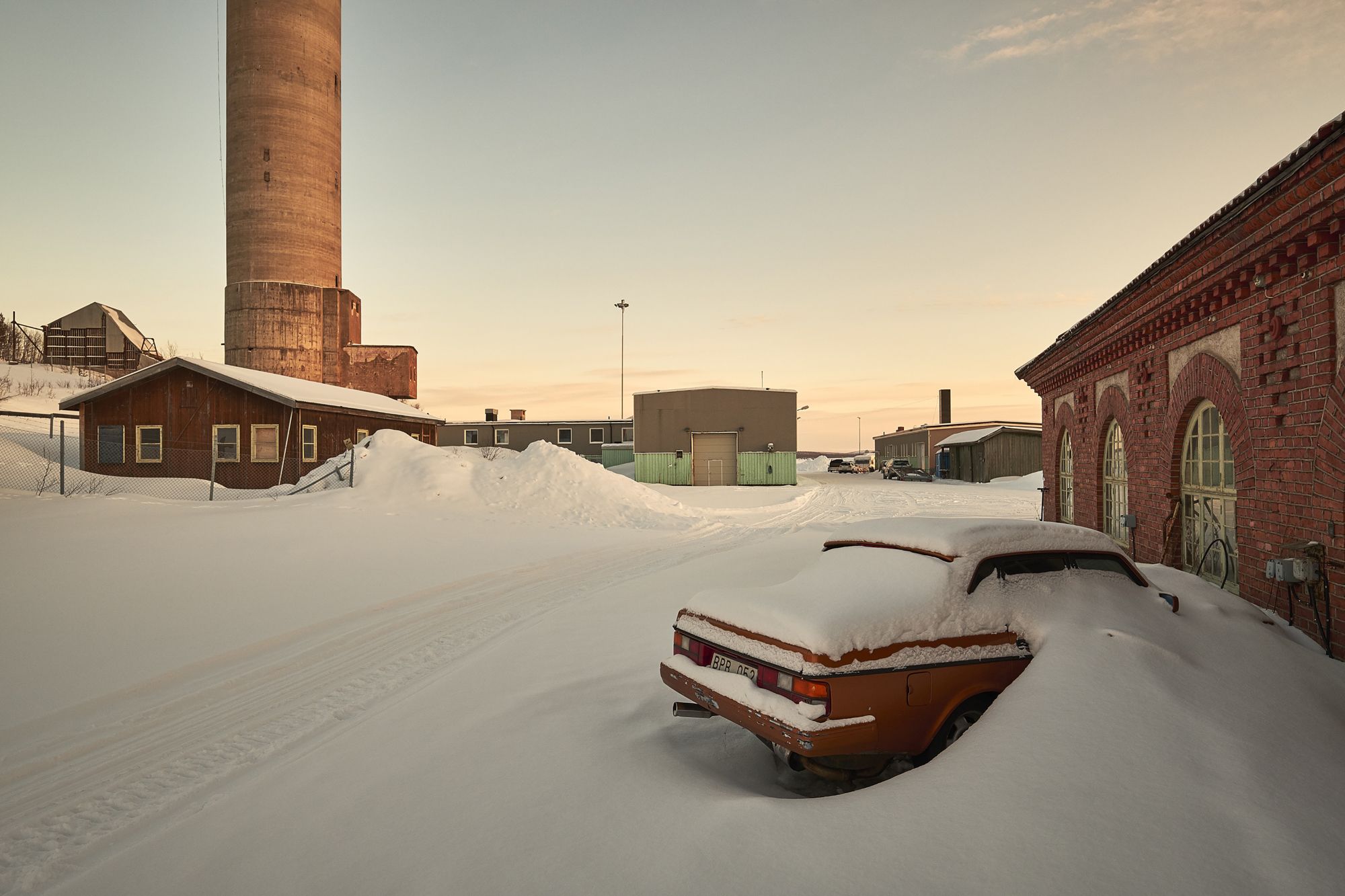
Gregor Kallina, Iron Heart. Kiruna (Sweden), 2017. The old mine of Tuolluvaara in Kiruna, which is not active anymore. Kiruna is situated right north of the polar circle. It has around 23.000 inhabitants and of those nearly every sixth is working for the mining company LKAB. Because the iron ore body tilts, deformations are coming closer and closer to the city. In 2004 the municipality started the project “City in Transformation” to develop plans of moving the city centre 3 kilometres to some new sites.
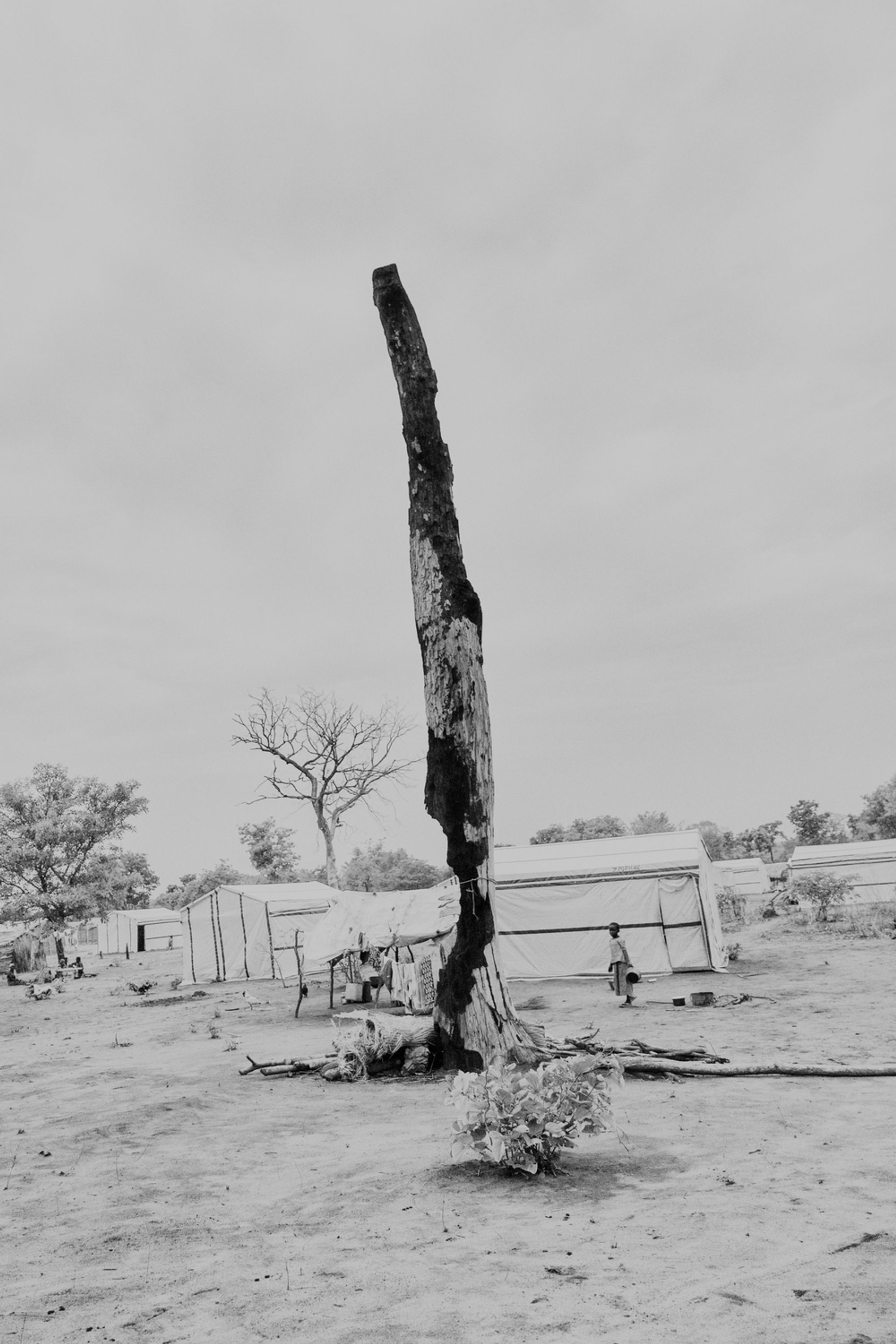
Francesco Merlini, Le Tchad Dense. Danamadja (Chad), 2015. A burnt three in the Danamadja refugee camp, near the border with Central African Republic.
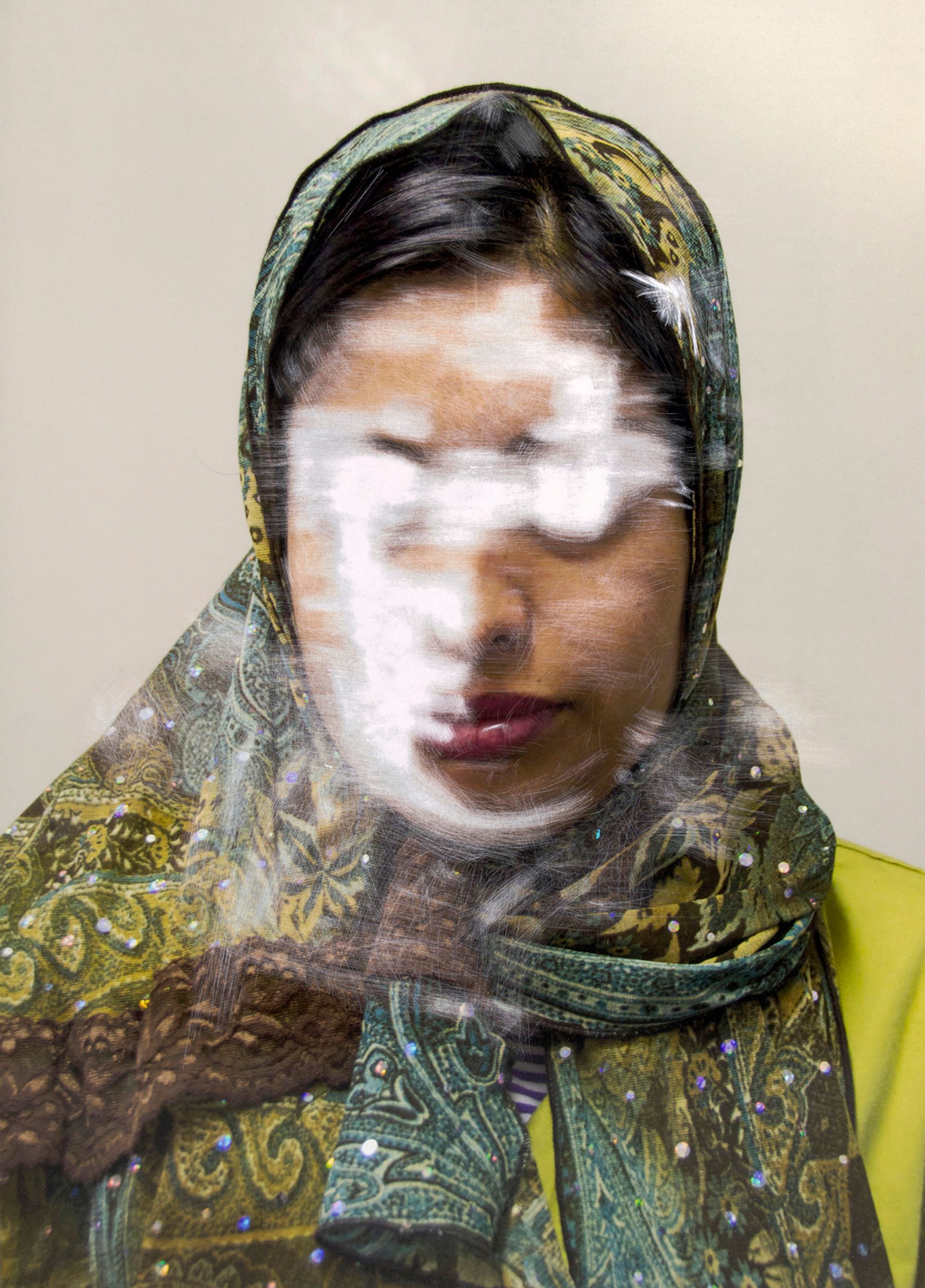
Sam Ivin, Lingering Ghosts. United Kingdom, 2015. Hand scratched. Time waiting for asylum: 8 months. “I have two kids but I had completed my study, my first part of the MBA. But when I had to get admission in [a] new college there was a problem with my husband. So I suffer from domestic violence from my husband and his family. So that’s why I have decided to apply for the asylum.”
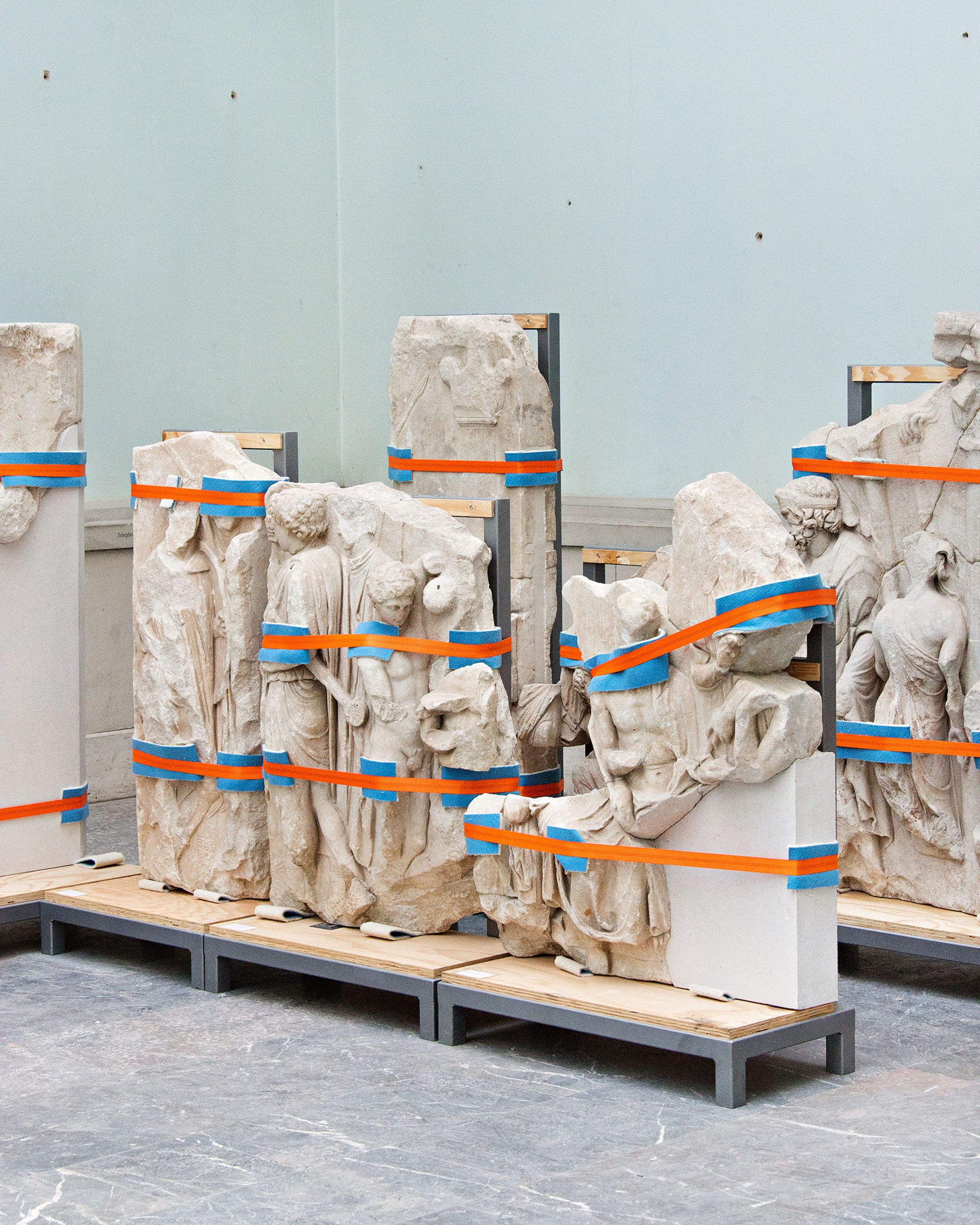
Daniel Everett, Preservation. Berlin (Germany), 2016. Relocation of Telephus frieze, Pergamon Museum.
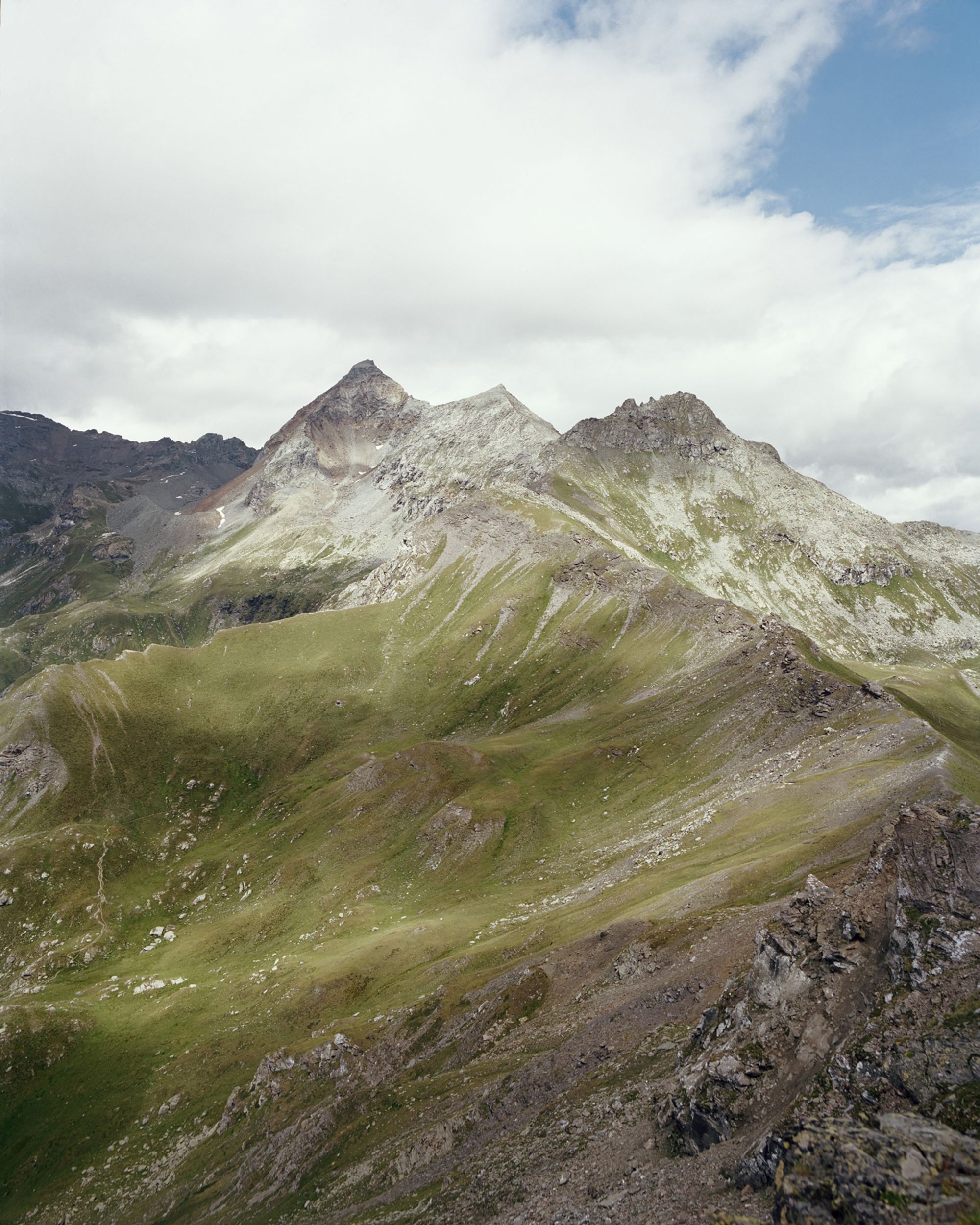
Nola Minolfi, The man who never saw the sea. Chamois - Valle d'Aosta (Italy), 2016. Punta Falinère, 2762 Mt. Emilio is 85 years old and he lived his entire life in the same house where he was born. He never saw the sea. Chamois, with its 90 inhabitants living in six small hamlets spread in the woods, is the highest municipality in Italy where cars are not allowed.
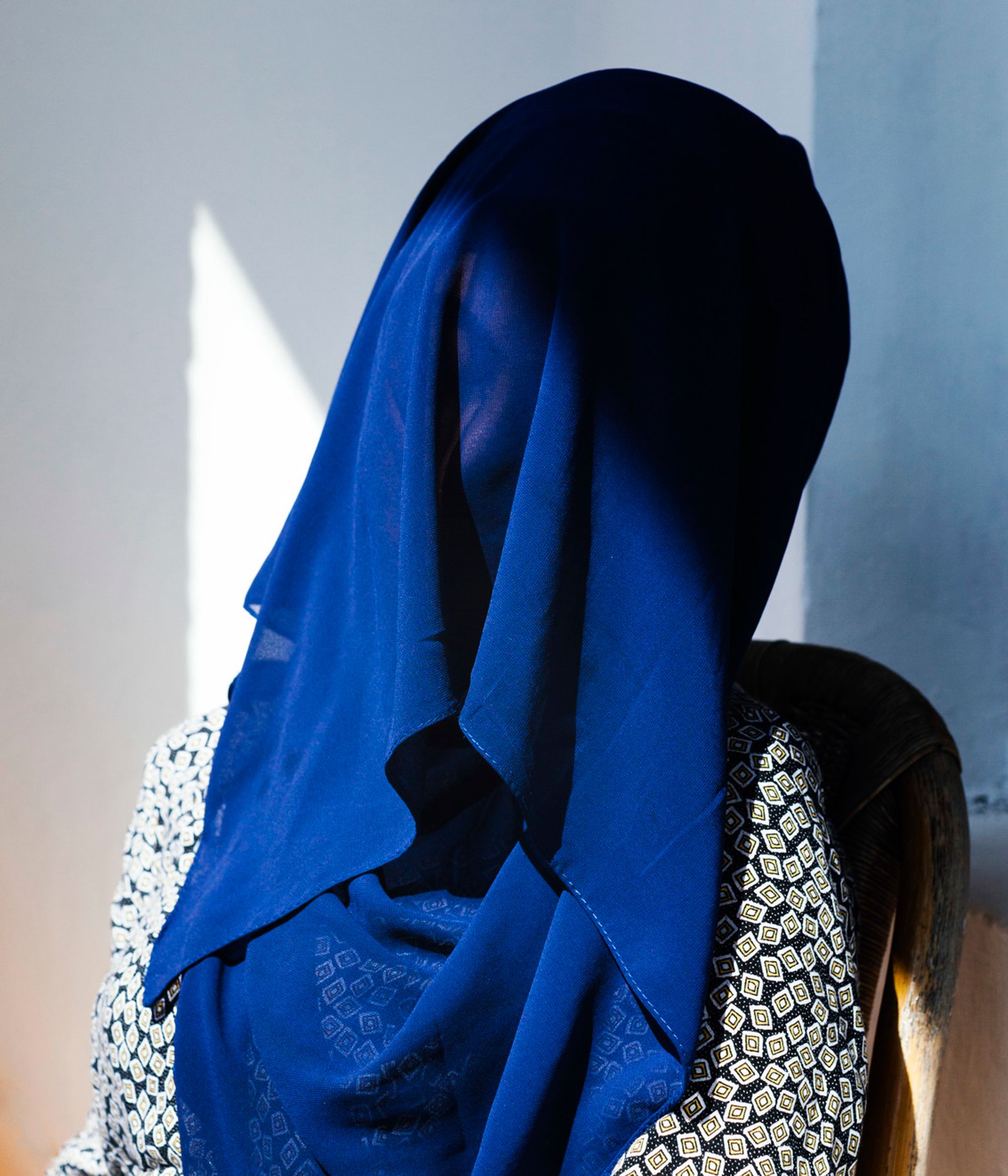
Doro Zinn, Future kids. Berlin (Germany), 2017. Leila is very religious, like the rest of her family. Despite that she is the only one wearing a headscarf, one of the reasons for donning it was that she wanted to be recognizable as a muslim.
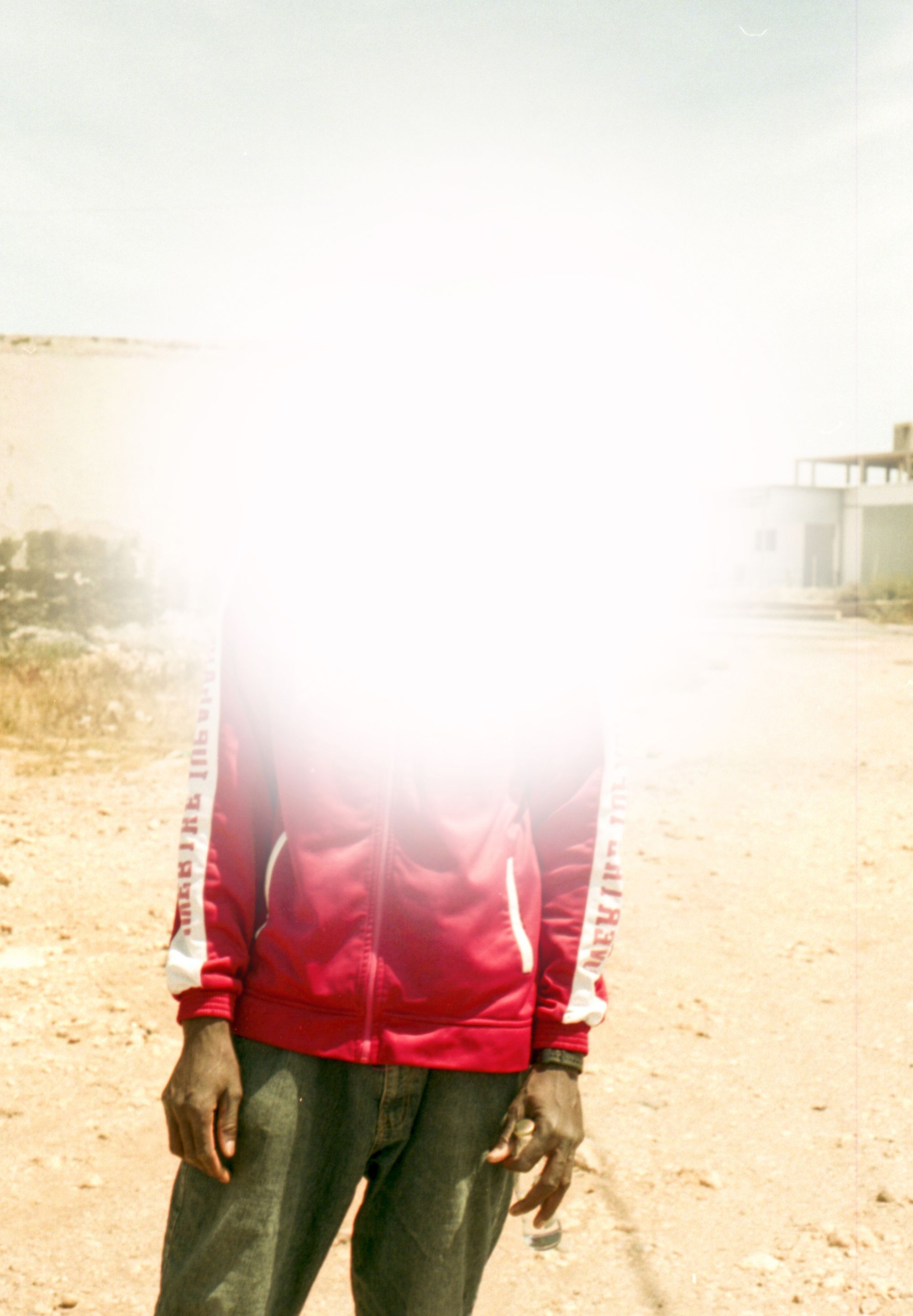
Toni Kuraga, Mamadou. Almeria (Spain), 2016. Everything was reduced in a score of doubts, several photographs and a letter signed by a certain Mamadou. “Mamadou” is a identity exploration and construction around the figure of this subject: an illegal immigrant who has lost all his memories and belongings.
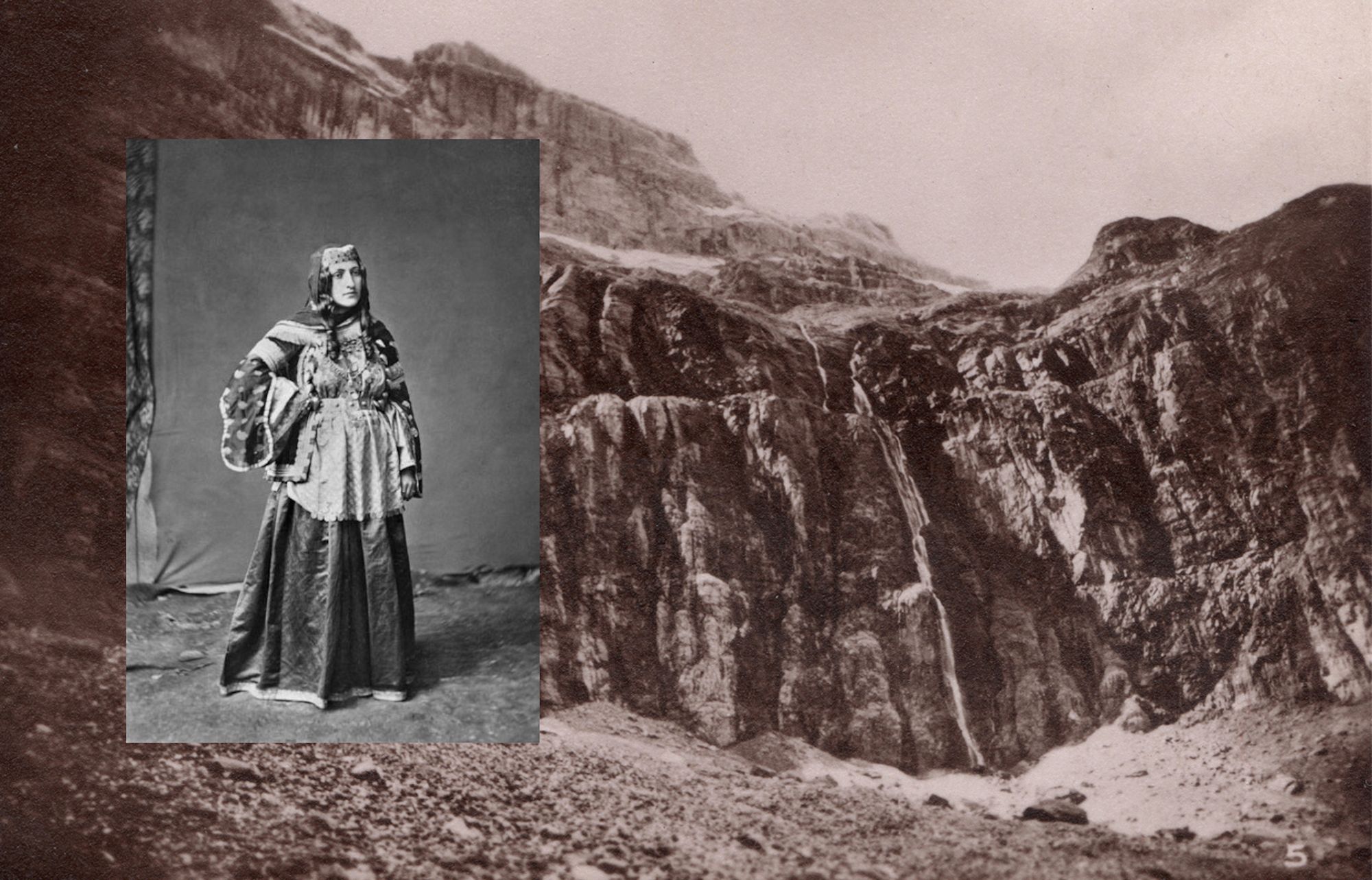
Camille Lévêque, We are our mountains. Eravan (Armenia), 2015. Like every third generation Armenian, granddaughter of political refugees, I have been brought up in an environment where the idea of memory itself had become sacred and where holy mountain Ararat was taking the center stage in its role of icon.
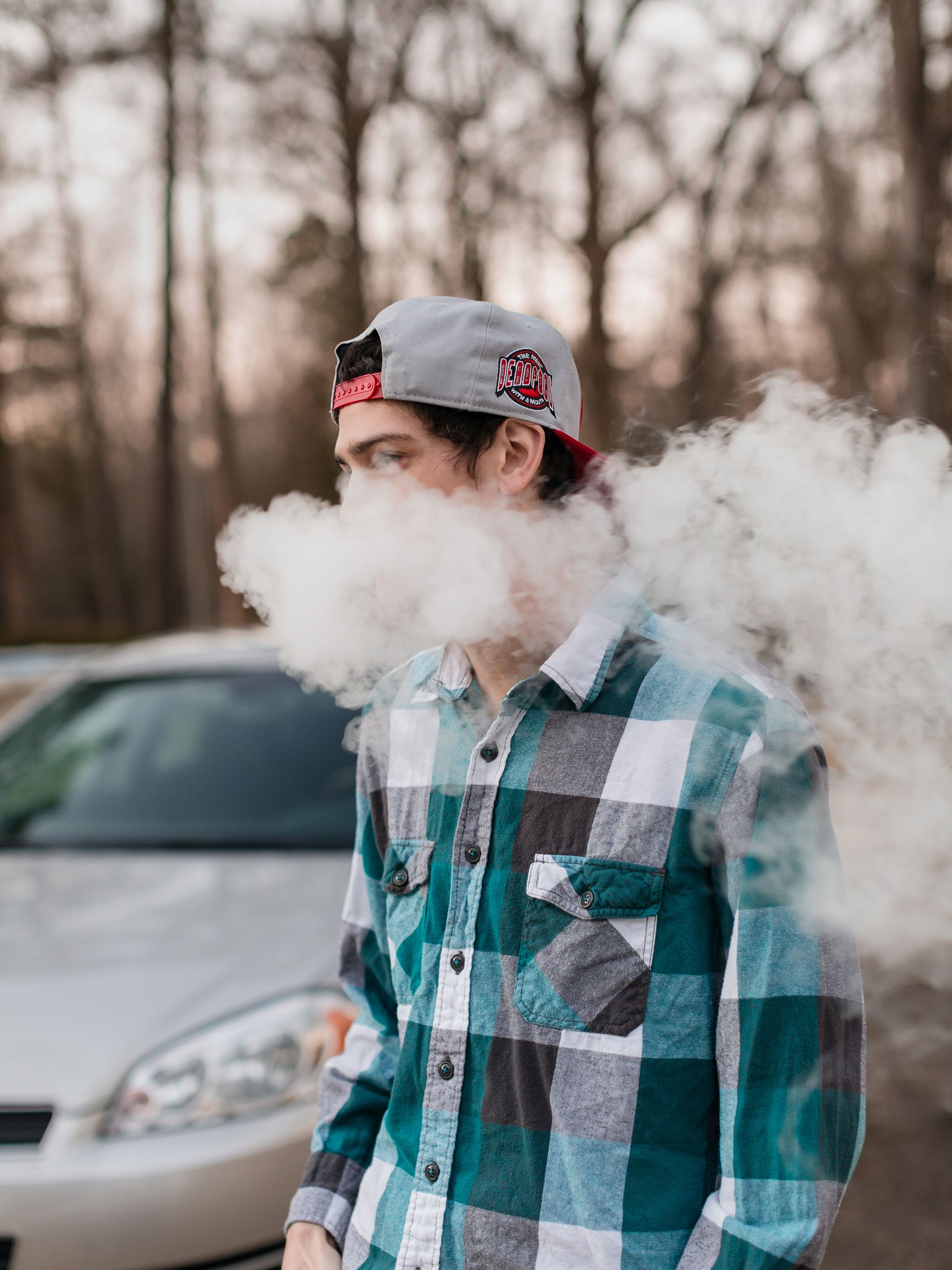
Maria Sturm, You Don't Look Native To Me. St. Pauls - North Carolina (USA), 2016. Daniel identifies as Lumbee. Originally there were several tribes inhabiting the same area. All these tribes weren't recognized.
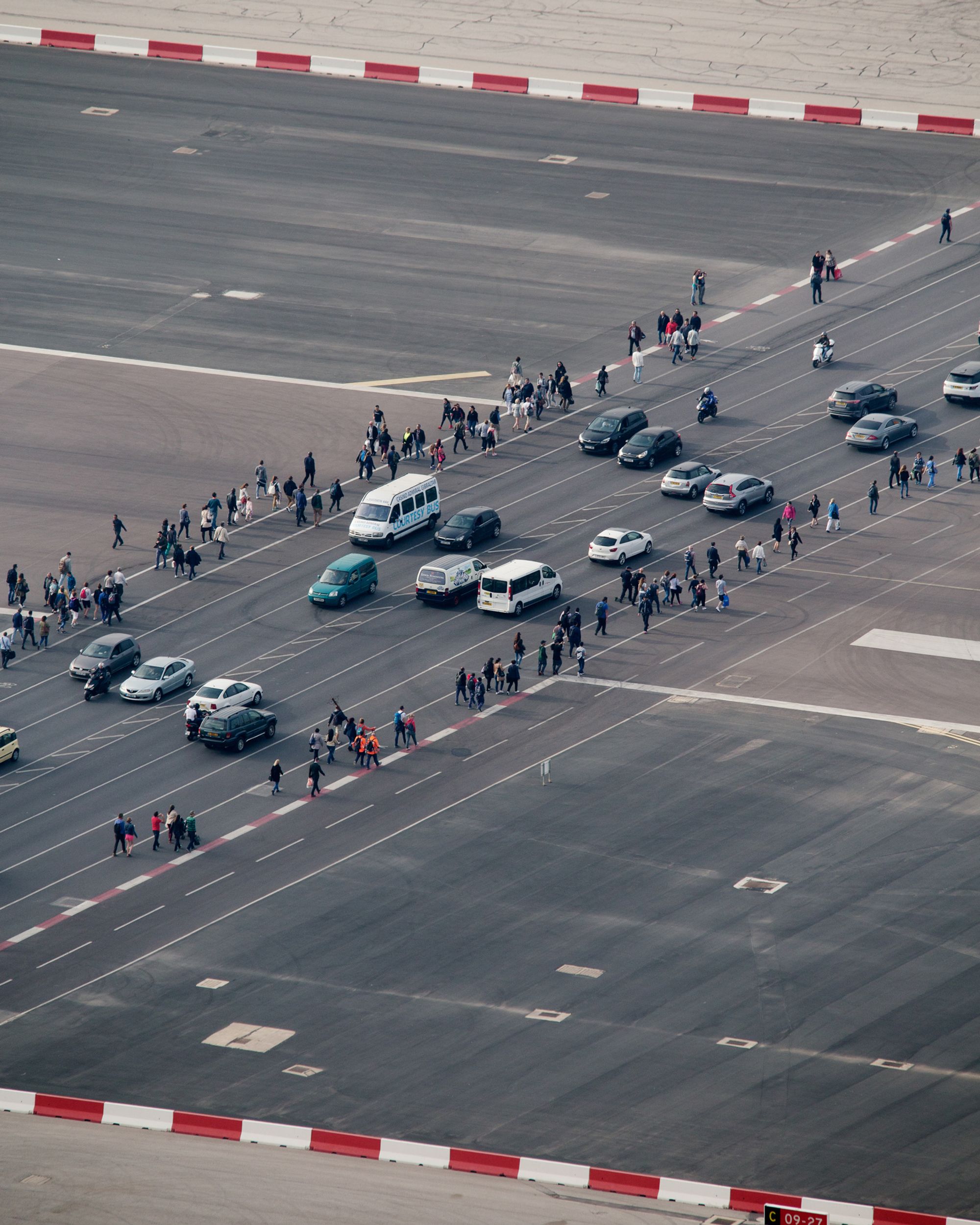
Luke Withers, Territorial Volumes Large. Gibraltar, 2017. Gibraltar is a 426m limestone rock which rises from the Mediterranean at the gates of the Atlantic. The subterranean infrastructure both demarcates the territory and supports the life of the population, which is itself in flux; experiencing the bodily reality of borders on a physical and molecular level, through movement, habitation and hydration.
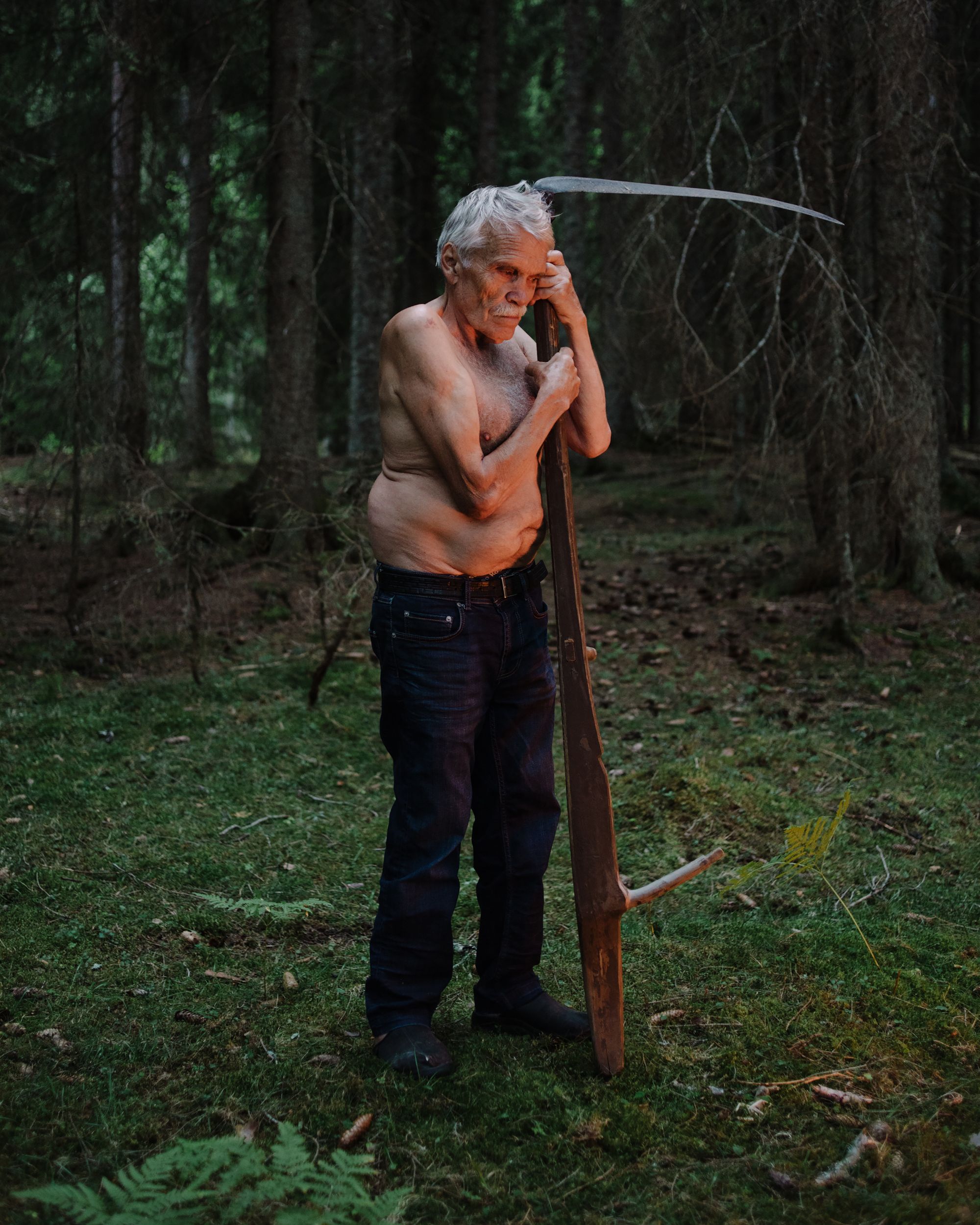
Terje Abusdal, Slash and burne. Finnemarka (Norway), 2017. Portrait of Øyvind Røsdærn with scythe. He is retired and lives near Finnemarka southwest of Oslo. He used to be a a salior in his young years. He is very interested in his Forest Finn heritage, but has not yet been able to find out through the dna-tests available which family of the original immigrants he comes from.

Nathalie Déposé, The border. Bagnère de Luchon (France), 2017. When he was ten years old, my grandfather ran away from Spain and misery. After he died, I realised that nobody had the same version of this story. So I decided to repeat his trip myself and I studied the different stratums of the memory. I used the photos of this border that he had held as precious, and an old movie I shot 20 years ago.
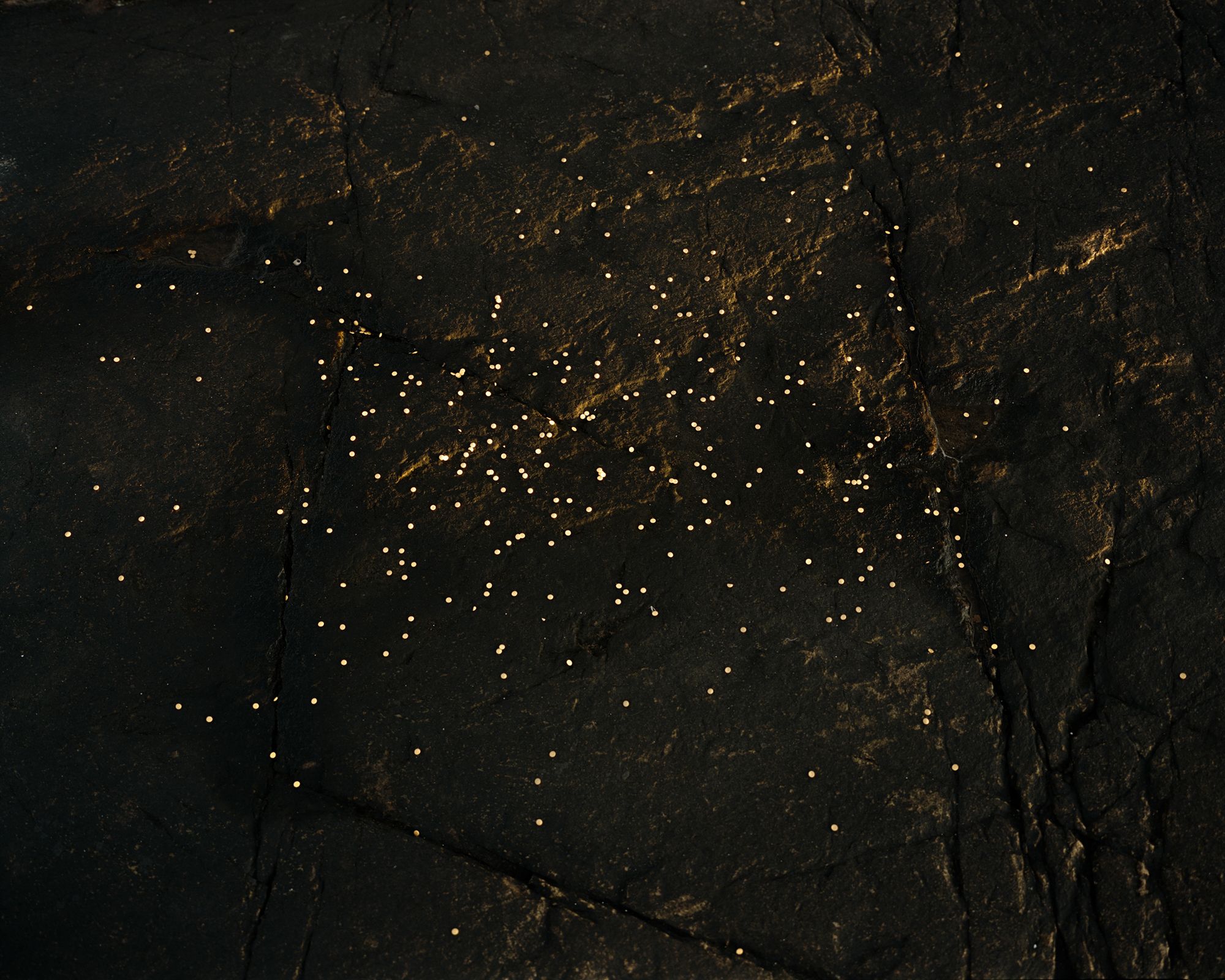
Matthieu Litt, Tidal Horizon. Norway, 2017. At the core of this work, the perpetual motion of the universal tidal phenomenon is used to question the dialogue between Man and Nature and immersing the viewer in a broader reflection around the notion of Sublime.